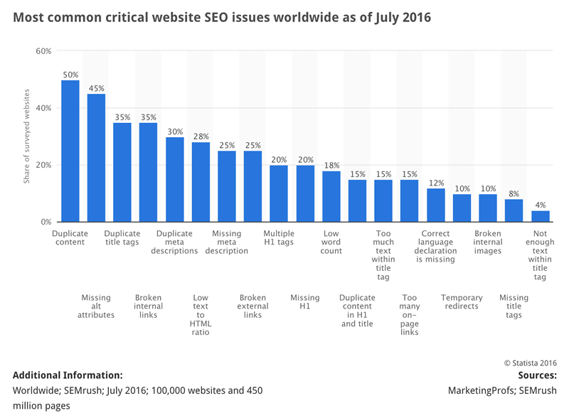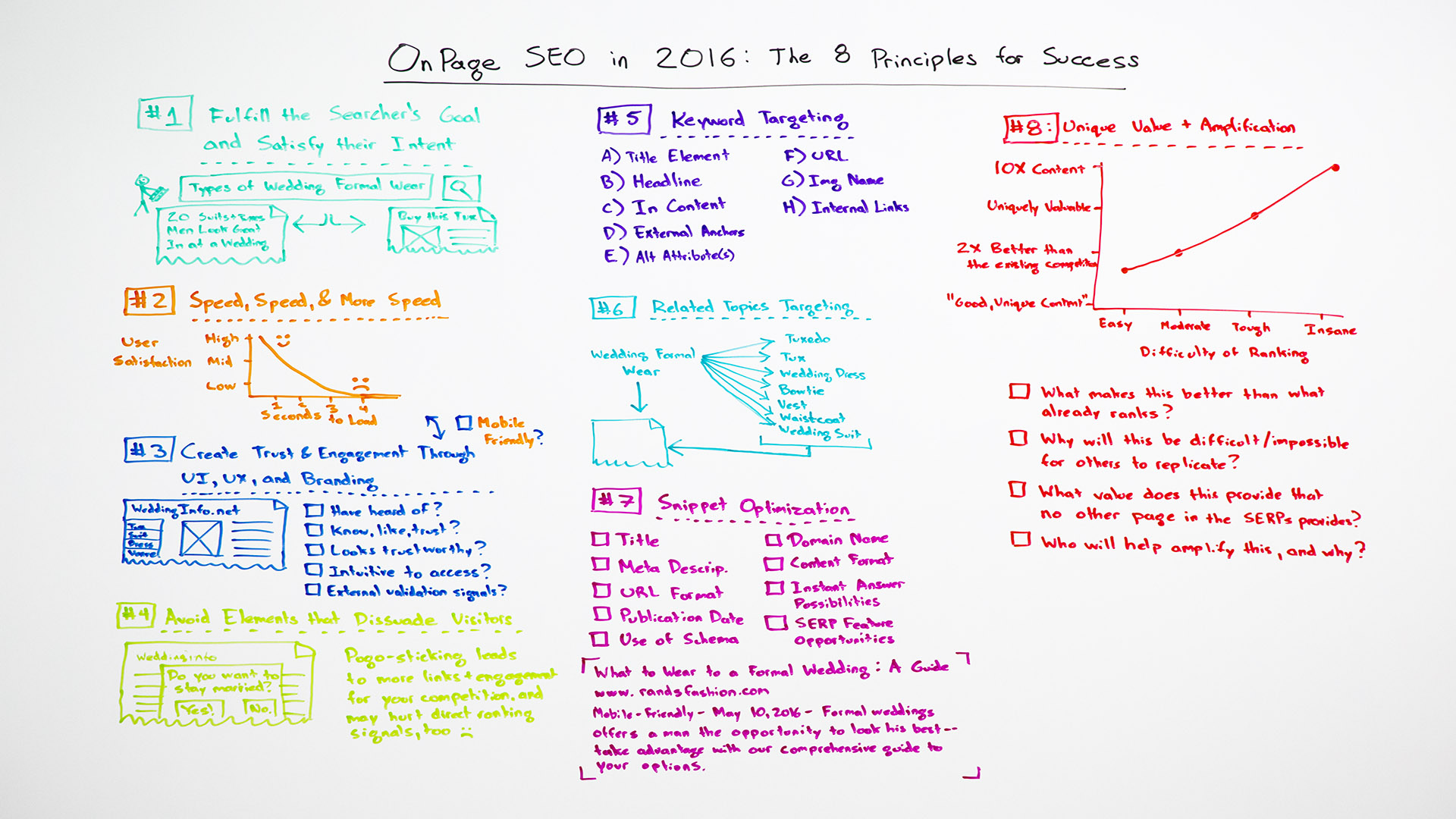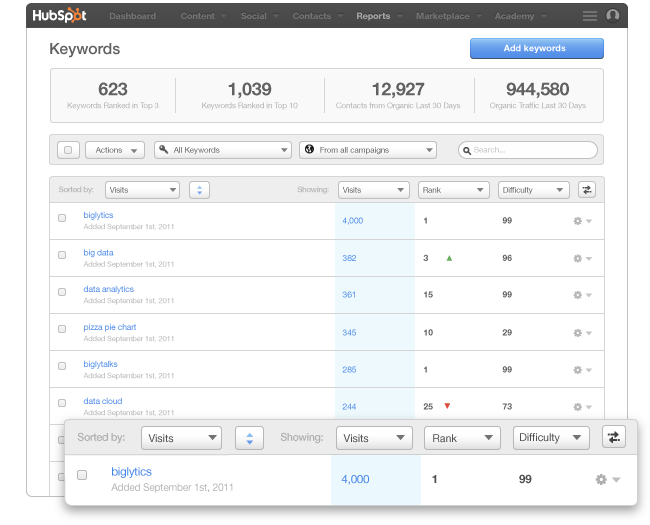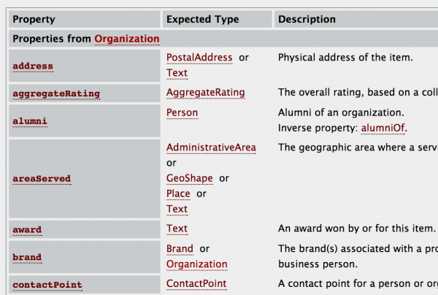
Organic search can be a powerful driver of leads. For many inbound marketers, search engine optimization (SEO) is a vital channel for lead generation, brand visibility and sales nurturing--and blogs can play a significant role in driving search efforts. In thinking about how to make more SEO-friendly blog articles, several ideas come to mind. This blog offers a round-up.
First, a quick definition of SEO courtesy of Moz’s The Beginner’s Guide to SEO:
“SEO is a marketing discipline focused on growing visibility in organic (non-paid) search engine results. SEO encompasses both the technical and creative elements required to improve rankings, drive traffic, and increase awareness in search engines.”

First, let's start with a list of the most common challenges for SEO.

So, how do you encompass the technical and creative to build a search engine-friendly blog that, and here’s the key part, keeps the reader in mind? How to make SEO-friendly blog articles:

MOZ Whiteboard - On-Page SEO in 2016

Related reading: Critical SEO Statistics and Trends


Related reading: Using Alt Tags to Strengthen SEO
With all these factors in mind, there remains domain authority to contend with. In a biannual survey of search engine ranking factors, Moz found domain- and page-level link features to be most influential. Domain-level authority addresses the quality and quantity of links aimed at your entire site, while page-level considers those aimed at the specific page.
The writer best influences these factors by writing a unique article so informative and useful that others, particularly trusted sites, link to the blog as an authority while readers want to share the content and return for more. Once the SEO-friendly blog is created, take the time to plan its amplification (perhaps sharing links on social media or submitting the blog to another authoritative site) before pushing the publish button.
It is worth noting that enterprise SEO may have deeper considerations not mentioned above. Enterprises grapple with numerous challenges such as multiple blogs, cumbersome publishing tools, slow approval processes and legal hurtles that many SMBs don't face. Related reading: 5 SEO Best Practices for Enterprise Websites
Sources:
Fishkin, R. (2016, June 3). SEO for Bloggers: How to Nail the Optimization Process for Your Posts - Whiteboard Friday. https://moz.com/blog/seo-for-bloggers-whiteboard-friday
Fishkin, R. and Moz Staff. (2015, December 18). The Beginner’s Guide to SEO. https://moz.com/beginners-guide-to-seo
Kolowich, L. (2016, March 29). The 9 Best Keyword Research Tools to Find the Right Keywords for SEO. https://blog.hubspot.com/blog/tabid/6307/bid/22842/4-helpful-tools-for-identifying-the-right-keywords
Moz. (2015). Search Engine Ranking Factors 2015: Expert Survey and Correlation Data. https://moz.com/search-ranking-factors
by Jonathan Franchell, CEO of Ironpaper - For more tips and hacks: Need to remove a new line after h1 tags? Both web designers and SEO practitioners need to employ headline tags: H1, H2, H3 in several ways to improve web page structure and tag...

The Crowded Arena of the IT Marketplace Updated December 2024 The Information Technology (IT) landscape is experiencing rapid growth and intensifying competition. IT spending is projected to reach nearly 5.1 trillion U.S. dollars in 2024, a...

Updated December, 2024 The field of digital marketing is evolving rapidly in response to new technology and changing buyer expectations. To help career-minded marketers, we’ve rounded up the top 10 skills needed to succeed in the field. These are...

The marketing industry is transforming significantly due to generative AI and increasing market complexity. Gartner's prediction of a 25% decline in traditional search traffic suggests that the era of search engines is dying. AI tools, particularly...
